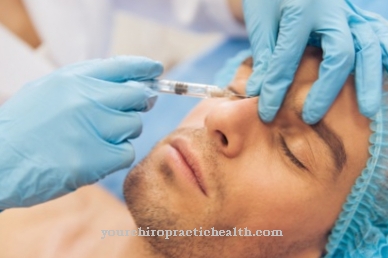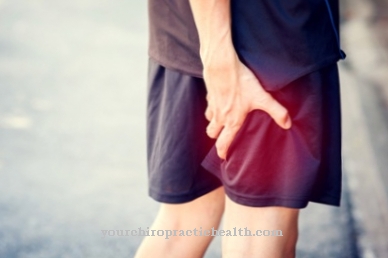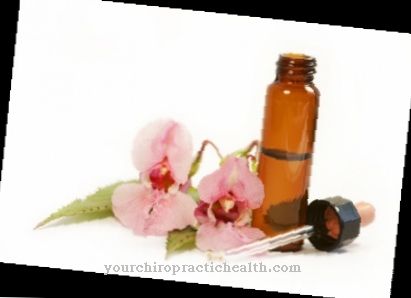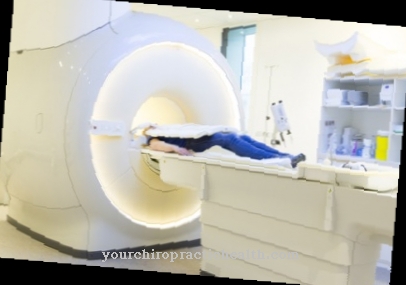Of the Ambulance service is an important link in the rescue chain: In Germany it is his job to stabilize patients preclinically and to transport them to a suitable hospital after initial treatment. Medical and non-medical specialists are used for this.
What is the ambulance service?

In the ambulance service, paramedics stabilize patients in the event of sudden illnesses or injuries and provide medical care. Ambulances according to DIN 1789 and emergency doctor vehicles are primarily used for this. Special areas of the rescue service are air rescue with rescue helicopters, mountain rescue by the mountain guards and water rescue by the water guards.
In addition, sea rescue is part of the rescue service. The majority of the operations in the rescue service take place on the ground, with ambulance and NEF. The medical staff in the rescue service consists of emergency doctors, some with specialist training for a specific area. The training for non-medical rescue specialists was fundamentally reformed in Germany on January 1, 2014: By 2021, emergency paramedics with a three-year training and extended skills will replace the paramedics, who previously represented the highest qualification level in the rescue service with a two-year training.
In addition, the paramedic with 540 hours of training remains as a basic qualification for use in ambulance transport or as a driver of an ambulance. The emergency services are alerted via emergency control centers, which can be reached throughout Germany on 112.
The rescue service is financed by the health insurances; statutory regulations on the rescue service are a matter for the federal states in Germany. While in some federal states the rescue services are municipal companies, in other federal states this task is outsourced to the aid organizations.
Treatments & therapies
In principle, the range of treatments offered by the rescue service includes all illnesses, complaints and injuries that occur outside of a clinic. However, there are serious differences depending on the severity and type of illness and injury: while, for example, a hypertensive crisis or hypoglycemia can often be treated sufficiently with the medication that is carried in the ambulance or on the ambulance vehicle that the patient can even be treated you don't have to go to the clinic, only the symptoms, such as pain or bleeding, are alleviated for other diseases.
The actual treatment then only takes place in the clinic, for example plastering a fracture or sewing a wound. Which methods are used differs depending on the rescue service area, the qualifications of the rescue personnel present and the required speed. In the case of multiple trauma or stroke, fast transport to a suitable clinic is often more important than treating individual symptoms on site. In cases where a patient's symptoms cannot be treated on-site, transportation to the hospital has priority.
In many cases, treatment in the rescue service is now carried out using so-called algorithms: These standardized flow charts ensure that a certain clinical picture is always treated in the same way and on the basis of the latest medical research. Within the framework of such algorithms, the respective medical director of the emergency services can authorize the use of certain medications by emergency medical personnel for their emergency services. In general, the ambulance service is responsible for acute cases, i.e. in the event of ailments or injuries or life-threatening illnesses that suddenly occur and require immediate treatment.
For so-called subacute cases or chronic illnesses, the resident doctors or, outside of their office hours, the medical on-call service is responsible. These can be processed by the rescue service, but this blocks capacities for emergencies and ultimately overloads the rescue service.
Diagnosis & examination methods
The first diagnosis takes place in the rescue service either directly on site or in the vehicle. A thorough anamnesis, the collection of all vital values, such as pulse, breathing, consciousness, blood pressure, oxygen saturation and blood sugar and the patient's history are important. An ambulance according to DIN also has the equipment on board to provide venous access and to draw blood in laboratory tubes, so that valuable time is saved in the emergency room.
Imaging diagnostic procedures, for example X-rays, are not available in the emergency services. Depending on a patient's symptoms, an EKG can also be written. For this purpose, portable EKG devices are carried, which can also defibrillate semi-automatically at the same time. If an emergency doctor is on site, there is also the option of an electrical cardioversion and the installation of a chest drain. Each ambulance also has a portable ventilator and an electric suction pump on board. Emergency doctors can thus perform pre-clinical anesthesia and intubations. In the rare event of a delivery in an ambulance, surgical instruments are also available for cord cutting.
In the event of a cardiac arrest, the rescue service carries out the resuscitation according to the guidelines of the ERC, some vehicles have an automatic resuscitation aid with them, for example the Lucas II. The medication carried differs depending on the rescue service area, as do the other devices and the exact technical specifications of these devices . Which methods non-medical personnel use in the absence of an emergency doctor and whether, for example, paramedics or paramedics are allowed to give medication, differs depending on the federal state.
In addition to the medical devices, every rescue vehicle has numerous rescue devices with it in order to be able to transport patients gently. This includes a mobile stretcher for transport in the vehicle, a scoop stretcher for spine-friendly rescue and a vacuum mattress for immobilization. A KED system for rescuing from a vehicle that has been involved in an accident while at the same time stabilizing the spine is prescribed in DIN. In addition, so-called spineboards, on which patients can be fixed and gently rescued, are becoming increasingly popular.













.jpg)

.jpg)
.jpg)











.jpg)